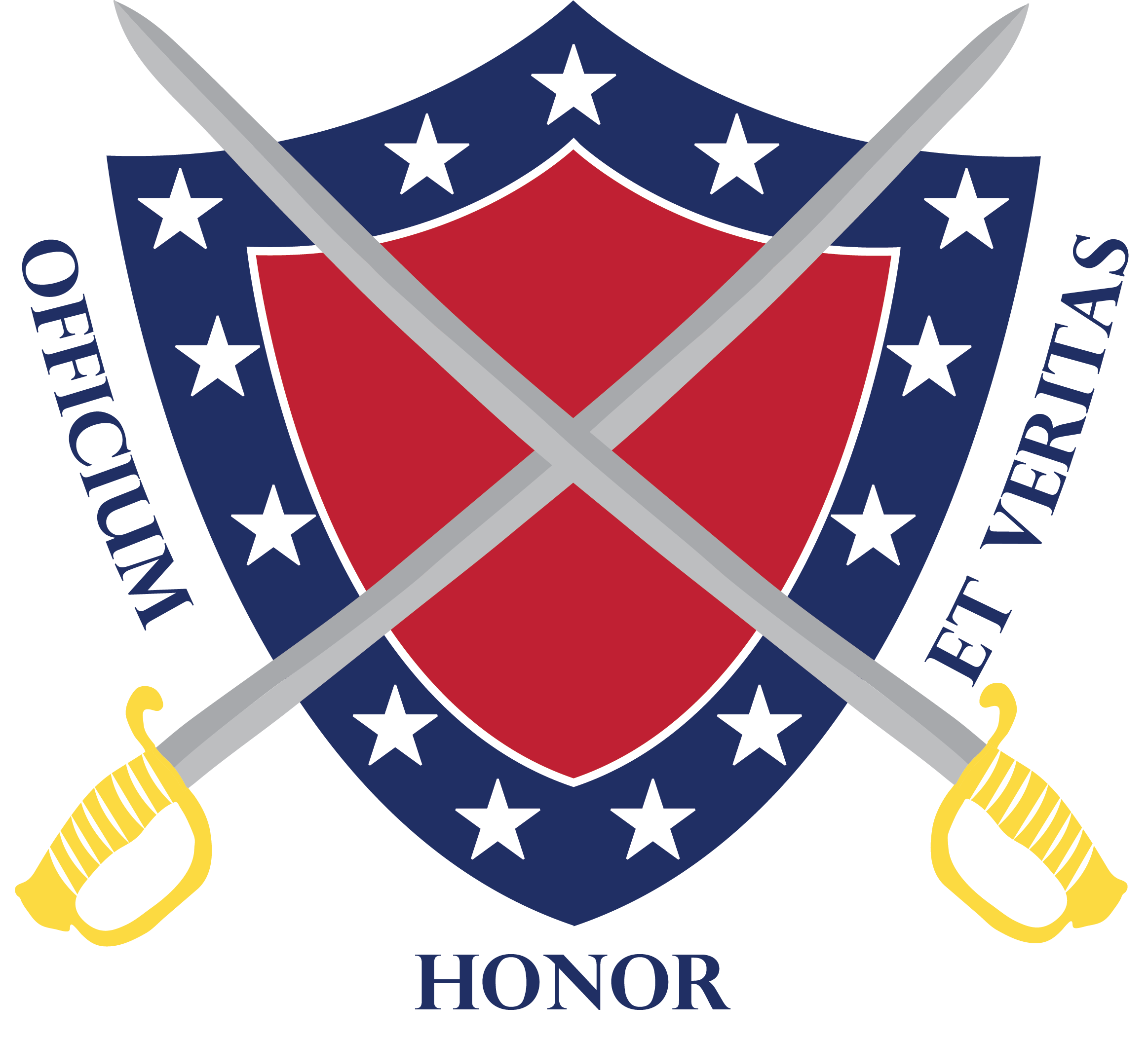
John Ford and Monument Valley
I think, over the years, I saw at least eight Western movies directed by John Ford that were filmed in Monument Valley, on the Navaho Indian reservation. About John Ford I have to say this, though he was pretty much a Yankee in his worldview, he at least gave Southerners and the cause they fought for some credit in his movies. The War of Northern Aggression had quite an impact on the westward migration in the 1860s and after. Ford was conscious of this.
Revised History – John Ford and Monument Valley PDF
I think, over the years, I saw at least eight Western movies directed by John Ford that were filmed in Monument Valley, on the Navaho Indian reservation. About John Ford I have to say this, though he was pretty much a Yankee in his worldview, he at least gave Southerners and the cause they fought for some credit in his movies. The War of Northern Aggression had quite an impact on the westward migration in the 1860s and after. Ford was conscious of this.
And I also have to say that John Ford knew his Indians. If his movie had Apache Indians in it, they looked like Apaches. If the movie had Comanche Indians in it, they looked like Comanches. I’ve seen some Western movies where they had Apaches that were dressed like New York Mohawks. For a purist like me, that kills the movie right there. My first thought is “If they can’t get their Indians right, then where else did they mess up?” And usually, you can find places they did.
Another thing that gets me is the incorrect use of firearms in so many movies. I once saw a movie about the Seminole Indian War in Florida in the late 1840s and the hero was wielding a pistol that did not go on the market until 1873! For all the money they must spend on these movies you’d think they could get stuff like this right. But I guess that’s Hollyweird for you.
When John Ford made a Western in Monument Valley, he used the Navaho Indians as extras and in his crowd scenes. This gave the movie an authenticity it would not otherwise have had. His Indians looked just like Indians because they were.
I read once that the man who got John Ford interested in Monument Valley was the man that operated Goulding’s Trading Post there, which is another spot you want to stop at if you ever get to Monument Valley. Goulding had noticed how severely the depression had affected the Navahos and he thought that movies being made on their reservation might be a way to help them economically, and he was right.
The last Western he made n Monument Valley was “Cheyenne Autumn” in 1964 and he did that one because he said he wanted to tell the Indians’ side in their long struggle through the Indian wars. He said we’d treated the Indians badly and he was right. The federal government’s record of dealing with the Indians was abysmal and something that must be answered for–things such as taking the Apache scouts that helped catch Geronimo and shipping them and their families as exiles to Florida along with the renegade Apaches they helped to catch. Sadly, the federal government did a lot of that kind of thing in the late 1800s. Sadly, the half of this story has never been told, just like many of the Northern atrocities that happened during the War of Northern Aggression have never been told because the truth would tarnish Lincoln’s “unblemished” reputation and we couldn’t have that, could we?
At any rate, John Ford’s Westerns filmed in Monument Valley were classics, movies I have watched many times, not only for their good stories but also for their wonderful scenery. My wife and I have enjoyed these movies and the spectacular scenery, and we can say to one another “We’ve been where they made these movies.”
